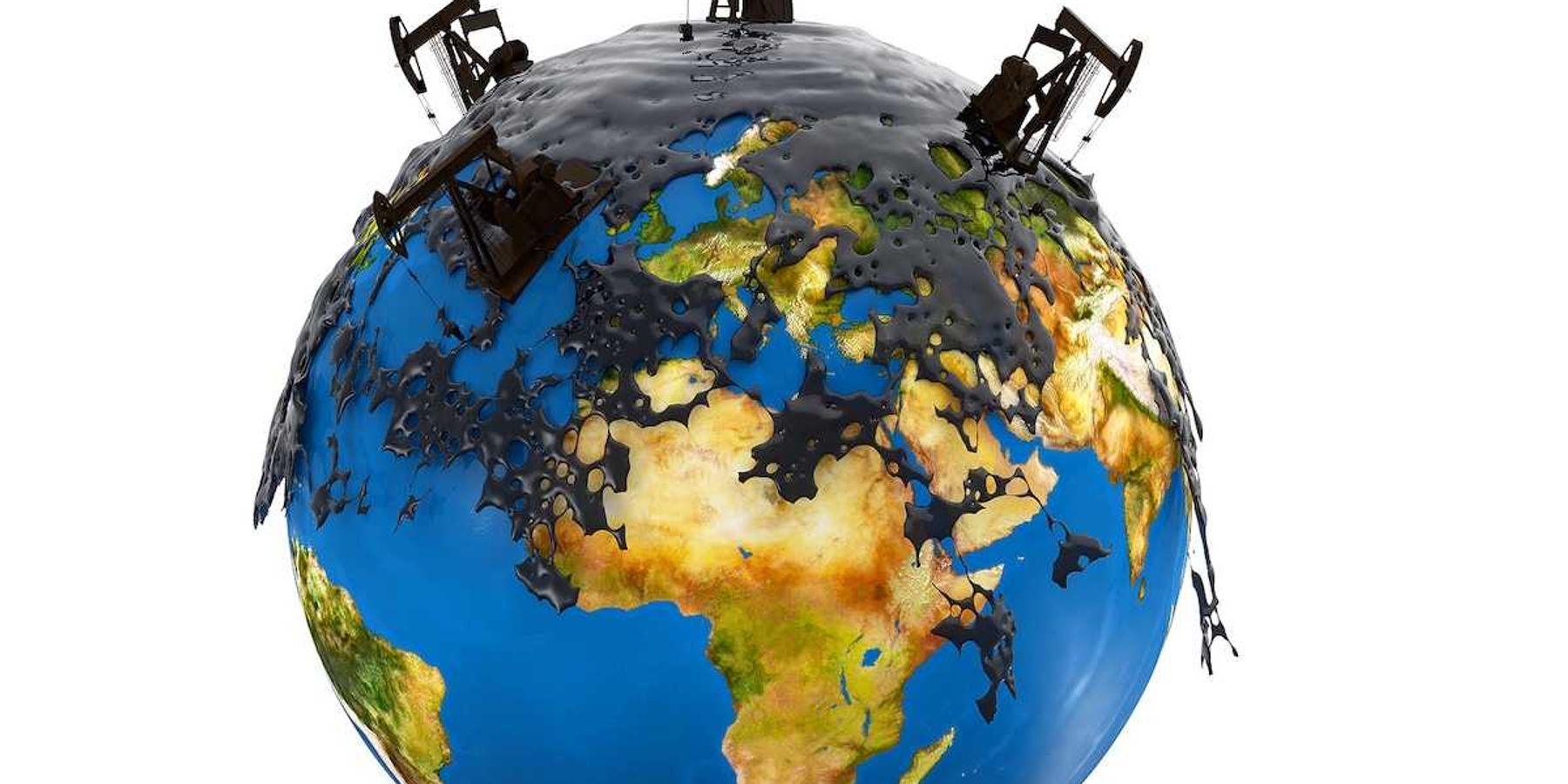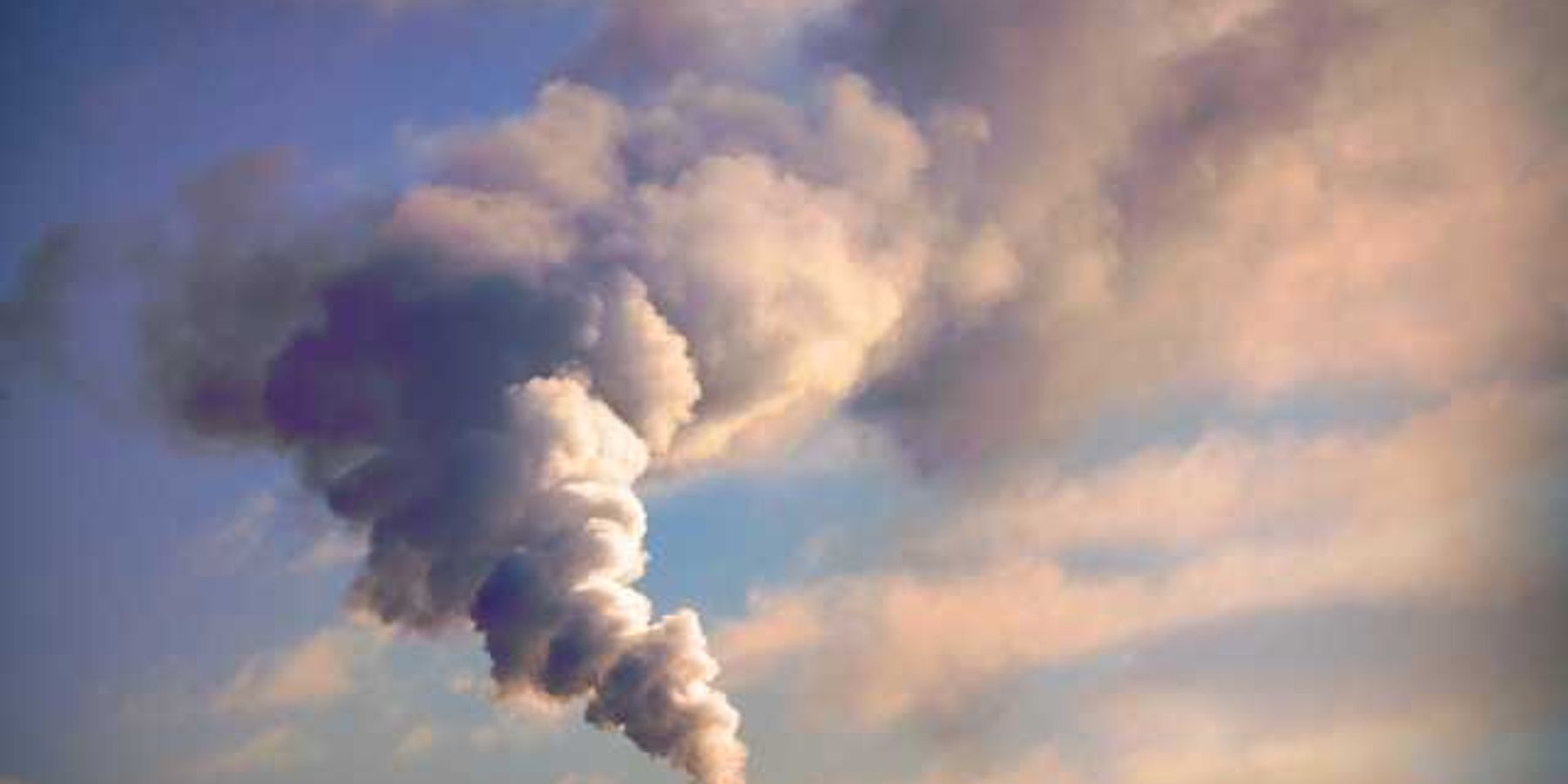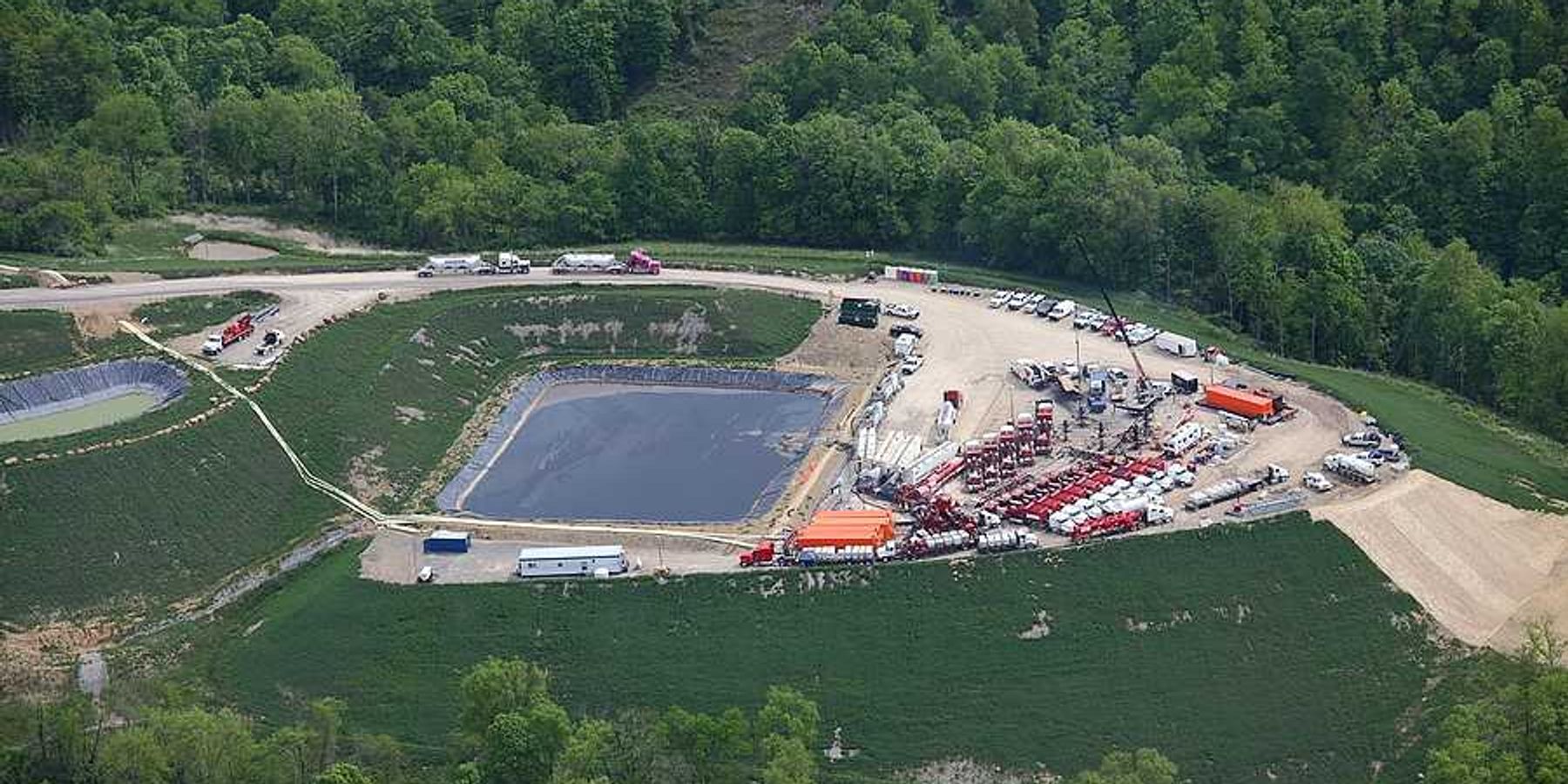Polluted waste sites pose disaster risks as Hurricane Milton strikes Florida
As Hurricane Milton batters Florida’s coast, environmentalists are raising alarms about the potential for hazardous waste from the state’s phosphate fertilizer industry to contaminate waterways, with over a billion tons of radioactive waste in the storm's path.
Michael Biesecker and Jason Dearen report for the Associated Press.
In short:
- Florida’s phosphate fertilizer industry has stored over 1 billion tons of phosphogypsum, a radioactive byproduct, in giant waste stacks vulnerable to storm damage.
- Hurricane Milton, a Category 3 storm, threatens to scatter this waste into the state’s waterways, raising concerns of widespread contamination.
- Past storms, like Hurricane Frances in 2004, caused significant leaks of acidic wastewater from these stacks, leading to marine life die-offs.
Key quote:
“Placing vulnerable sites so close on major waterways that are at risk of damage from storms is a recipe for disaster. These are ticking time bombs.”
— Ragan Whitlock, staff attorney, Center for Biological Diversity
Why this matters:
Florida has seen this nightmare before with acidic water flooding local ecosystems. The result once again, could be toxic pollution washing into rivers, streams, and eventually the Gulf. Read more: In North Carolina, hog waste pollution from Hurricane Florence a familiar result. Will things ever change?













